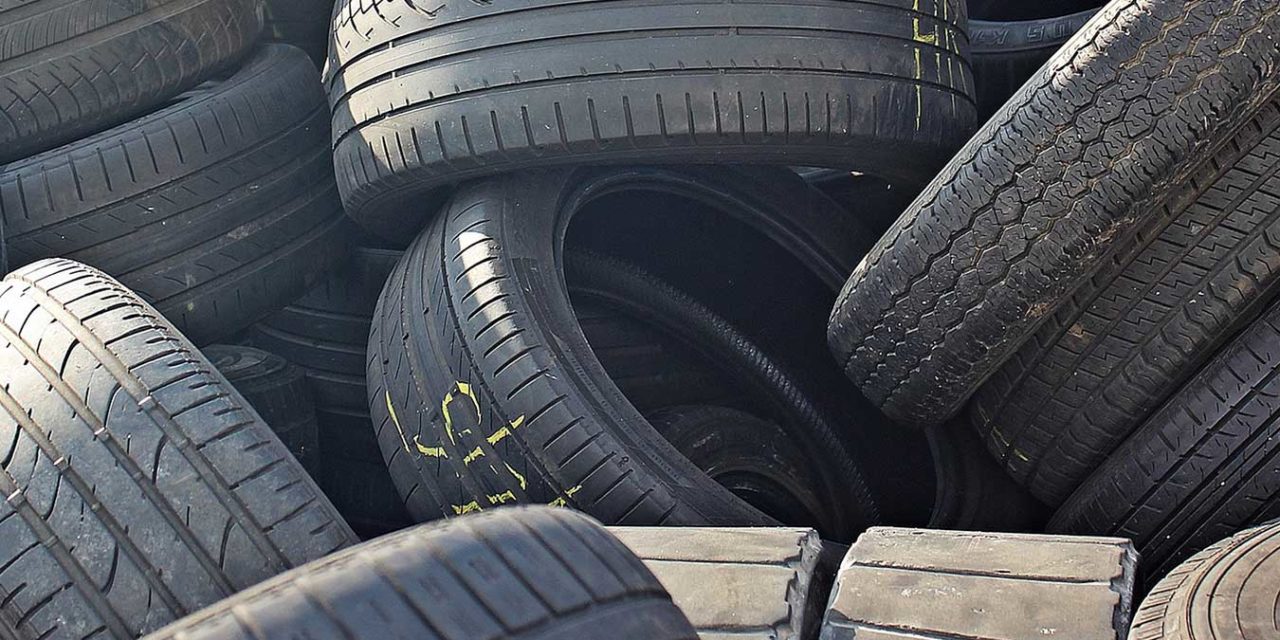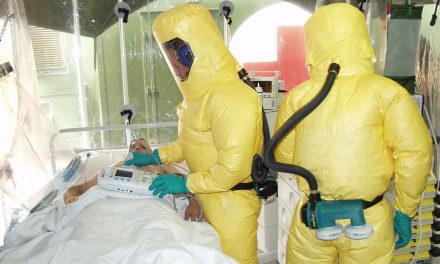Britain is among the worst culprits in the west for exporting used tyres to India and other developing countries, which is part of a mushrooming trade in rubber waste, most of which are unregulated.
The international trade in rubber waste, mostly used tyres, grew from 1.1 million tonnes in 2013 to 2 million tonnes in 2018, a rise of almost 100%, with India and Malaysia importing the most, according to data from the UN, Reuters reports.
Britain is the biggest exporter of used tyres and India is by far the biggest importer accounting for 32% of the market, up from just 7% five years ago. Exports from Britain, mainly to the developing world, accounted for 13% of all global trade in the commodity at 263,000 tonnes. Unlike in most other European countries, in the UK there are no national requirements for the collection and treatment of tyres meaning that small firms can easily get a licence to export them abroad.
The Department for Environment Food and Rural Affairs (DEFRA) told Reuters that it plans to make tyre manufactures more responsible for old tyres and increase its monitoring of shipments overseas, but it didn’t specify when this would happen or what precise regulations would be put in place.
Australia is also a big exporter of tyres to Southeast Asia and said in August that it would ban the export of waste tyres but also did not say when the ban would be implemented.
Backyard Furnaces
Meanwhile, while some of the tyres are sent to legitimate recycling operations that comply with emissions and waste disposal laws many end up in illegal pyrolysis furnaces that don’t company with any regulations.
These backyard furnaces use inexpensive Chinese pyrolysis equipment, which can be brought online for as little as $30,000. Pyrolysis is the term used for the process of burning tyres and turning the by-product into a useful but dirty fuel. But one of the many problems with it is that the emissions and waste residue from this process produce a large number of harmful chemicals such as sulphur oxides, dioxins, mercury, and arsenic.
Pyrolysis has been linked to a mass poisoning in Malaysia and the Indian State-Level Disease Burden Initiative, which maps health issues across India, has concluded that the process can lead to skin irritations and lung infections and in the long term can cause heart attacks and lung cancer.
The US Environmental Protection Agency (EPA) has reached a similar conclusion. However, in the US, as well as China, the majority of old tyres are dealt with domestically and are either dumped as landfill or are recycled for use as a fuel in factories.
The lack of international clarity and consistency on the trade-in used tyres is because they are not defined as hazardous under the Basel Convention, which governs world trade on most dangerous waste and chemicals.
Villagers in Nabipur, 70 miles (113km) south of New Delhi, where 10 pyrolysis plants have sprung up and operate mostly at night to avoid scrutiny, villagers told Reuters that they have suffered breathing difficulties and eye and throat infections.
“Used tyres are not available locally so they import from abroad. They clean their own country and dump their garbage on us,” Siva Choudhary, a local businessman, told Reuters.
Workers at the plants wore no safety equipment and a thick black sludge seeped into the earth.
India is considering banning all but the safest and most sophisticated pyrolysis plants and is expected to introduce legislation to impose the ban in January.
- Why is California So at Risk from Wildfires? - 13th November 2019
- Carbon Offsetting is Growing but Does it Make a Difference? - 11th November 2019
- Three Confirmed Dead as Australia Prepares for “Catastrophic” Bushfires - 11th November 2019






